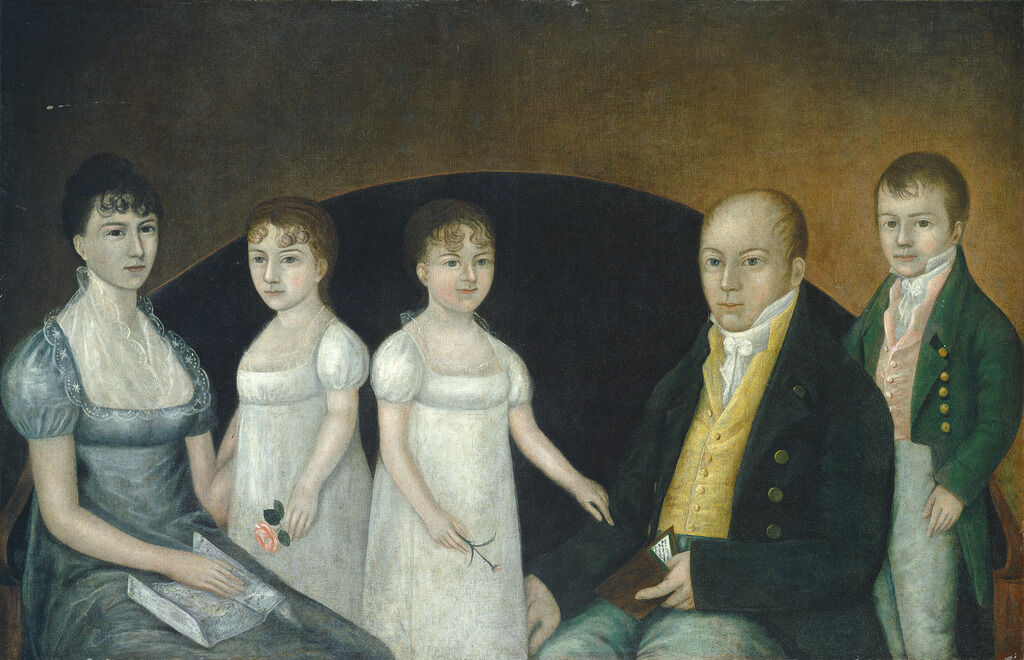The Black Violinist Who Inspired BeethovenPosted in Articles, Arts, Biography, Europe, History, Media Archive on 2020-09-11 02:13Z by Steven |
The Black Violinist Who Inspired Beethoven
The New York Times
2020-09-04
 The violinist George Bridgetower has, like so many other Black artists, been largely forgotten by a history that belongs to those who control the narrative. The Trustees of the British Museum, via Art Resource, NY |
George Bridgetower, the original dedicatee of the “Kreutzer” Sonata, was a charismatic prodigy but faded into history.
Six months after Beethoven contemplated suicide, confessing his despair over his increasing deafness in the 1802 document known as the Heiligenstadt Testament, he was carousing in taverns with a charismatic new comrade, George Polgreen Bridgetower. This biracial violinist had recently arrived in Vienna, and inspired one of Beethoven’s most famous and passionate pieces, the “Kreutzer” Sonata.
Beethoven even dedicated the sonata to Bridgetower. But the irritable composer — who would later remove the dedication to Napoleon from his Third Symphony — eventually took it back.
While Napoleon didn’t need Beethoven to secure his place in history, this snub reduced Bridgetower to near obscurity. Though his name was included in Anton Schindler’s 1840 biography of Beethoven, he was described inaccurately as “an American sea captain.” Like so many Black artists prominent in their lifetimes, he has been largely forgotten by a history that belongs to those who control the narrative.
Bridgetower was born on Aug. 13, 1778, in eastern Poland, and christened Hieronymus Hyppolitus de Augustus. His father, Joanis Fredericus de Augustus, was of African descent; his mother, Maria Schmid, was German-Polish, making Bridgetower what was then known as a mulatto, a person of mixed race. (The poet Rita Dove’s 2008 book “Sonata Mulattica,” an imagined chronicle of Bridgetower’s life, has helped raise his profile a bit in recent years.)…
Read the entire article here.








